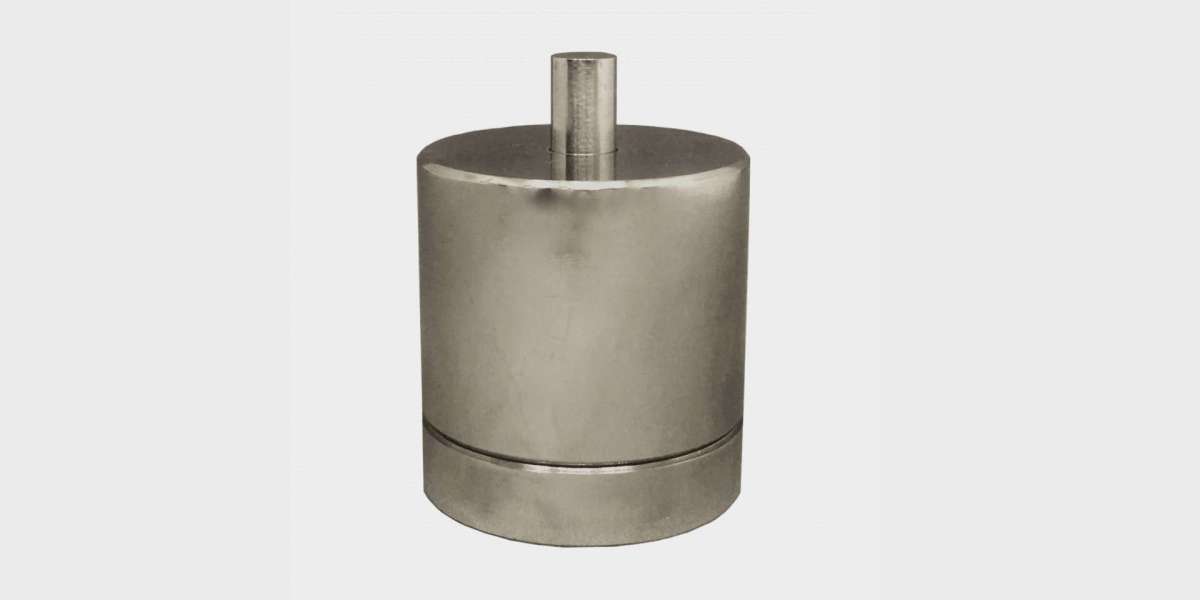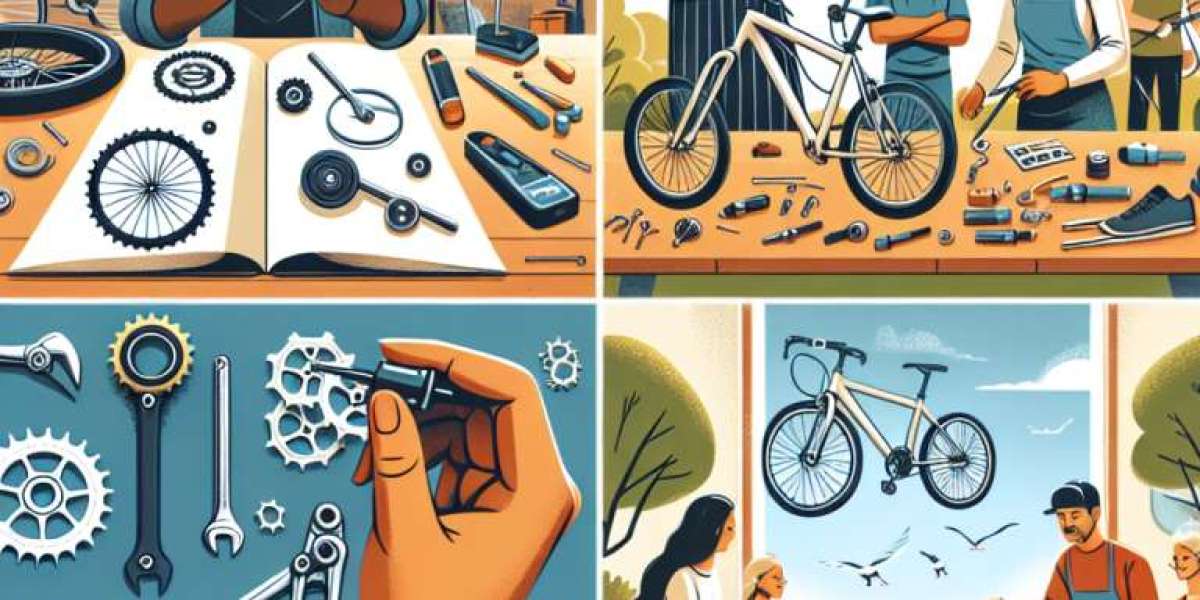Pellet dies are at the heart of efficient biomass and feed pellet production. These vital components of pellet mills directly influence production capacity, pellet quality, and energy consumption. Yet, they are often prone to a range of technical problems that can disrupt operations, degrade product quality, and elevate maintenance costs. In this article, we explore the most common problems with pellet dies and offer effective, actionable solutions to maximize performance and extend die lifespan.
One of the most frequent challenges encountered in pellet production is uneven wear on the pellet die, which can lead to inconsistent pellet sizes and reduced machine efficiency. This wear is often caused by poor raw material conditioning, improper die selection, or inadequate lubrication. Regular inspection and timely replacement of the pellet die, combined with proper maintenance practices and the use of high-quality raw materials, can significantly reduce downtime and improve overall output. Ensuring that the pellet die is correctly matched to the specific application is also crucial in optimizing long-term performance.
1. Rapid Wear of Pellet Dies
Problem: One of the most frequent issues encountered in pellet production is the premature wear of die holes and die surfaces. This wear can significantly reduce output, alter pellet quality, and increase downtime.
Causes:
Poor-quality raw materials with abrasive impurities
Inadequate die material or heat treatment
Excessive feedstock moisture or improper formulation
Operating at incorrect die speed or compression ratio
Solutions:
Use high-alloy or stainless steel dies with enhanced wear resistance and heat treatment for longer lifespan.
Pre-screen raw materials to remove sand, stones, and other abrasives.
Monitor and adjust feedstock moisture to the optimal range (usually 10–15% for biomass).
Ensure proper die maintenance, including regular cleaning and lubrication.
Choose dies with a suitable compression ratio based on the material type and production needs.
2. Die Blockages and Clogging
Problem: Die holes becoming clogged is a persistent challenge, especially when switching feedstock or working with sticky materials like alfalfa, straw, or high-fat feed.
Causes:
Inconsistent feedstock particle size or excessive moisture
Inadequate conditioning or pre-treatment
Low die temperature at startup
Poor lubrication or buildup of residue in die holes
Solutions:
Condition materials properly using steam and temperature control to soften lignin or binders before extrusion.
Use fines return systems to maintain consistent material flow.
Clean dies regularly using oil-based flushing materials or empty runs with high-fat feed mixes.
Preheat the die before starting full-scale production to prevent cold-start blockages.
Install a reliable lubrication system to reduce friction and residue buildup.
3. Cracking and Breakage of Pellet Dies
Problem: Cracks or fractures in pellet dies can halt production and lead to expensive downtime or replacement costs.
Causes:
Incorrect installation or overtightened bolts
Using brittle die materials or poor heat treatment
High-pressure operation with hard or foreign materials in feed
Thermal shock from rapid temperature changes
Solutions:
Follow precise die installation procedures using calibrated torque tools.
Select dies with certified metallurgy and correct hardness (typically 50–60 HRC).
Implement quality control in raw material intake to eliminate metal and hard contaminants.
Avoid abrupt shutdowns or water cooling, which can cause thermal stress.
4. Poor Pellet Quality (Soft or Crumbly Pellets)
Problem: Substandard pellet quality not only reduces market value but also affects handling, storage, and end-user performance.
Causes:
Low compression ratio in die
Inadequate conditioning or lack of binders
Incorrect feedstock formulation
Worn or uneven die holes
Solutions:
Match die compression ratio to the specific material—higher for woody biomass, lower for soft feed.
Improve steam conditioning and add natural or synthetic binders if needed.
Ensure uniform particle size and moisture in the raw material blend.
Rebore or replace worn dies to maintain consistent pellet shape and density.
5. Overheating of Pellet Die
Problem: Die overheating leads to accelerated wear, binder degradation, and reduced machine efficiency.
Causes:
Prolonged operation without cooling breaks
High friction from poorly lubricated dies
Inadequate die cooling system
Blocked airflow or cooling fans
Solutions:
Implement scheduled cooling intervals during long production runs.
Install automated lubrication systems to reduce friction and temperature.
Upgrade the die cooling system, especially for high-capacity pellet mills.
Maintain ventilation and airflow systems in the mill housing.
6. Uneven Die Hole Wear
Problem: Uneven wear across the die surface can result in irregular pellet sizes, reduced throughput, and increased machine stress.
Causes:
Uneven feed distribution in the die chamber
Imbalanced rollers or die misalignment
Inconsistent raw material flow
Solutions:
Install feed spreaders or distributors to ensure even material feed into the die.
Regularly inspect roller and die alignment and recalibrate as needed.
Use variable frequency drives (VFDs) to control and stabilize feed rate.
7. High Energy Consumption
Problem: Excessive power usage during pelleting signals inefficiency and leads to elevated operational costs.
Causes:
Dull or worn die and rollers
High die compression causing increased resistance
Poor lubrication or material flow
Overloading the mill with too much feed
Solutions:
Sharpen or replace worn dies and rollers at the first sign of inefficiency.
Optimize die compression ratios for energy-efficient pellet formation.
Ensure all moving parts are well-lubricated and running freely.
Monitor and control feed intake to match the mill’s rated capacity.
8. Short Die Lifespan
Problem: Pellet dies not reaching their expected service life can severely impact profitability.
Causes:
Operating outside recommended specifications
Using incompatible or abrasive materials
Skipping routine maintenance and cleaning
Solutions:
Operate within manufacturer-specified parameters for pressure, temperature, and speed.
Match die material to feedstock (e.g., tungsten carbide for high-abrasion biomass).
Establish preventive maintenance protocols, including die inspection, reboring, and hole polishing.
Conclusion: Maximizing Efficiency and Lifespan of Pellet Dies
Investing in high-quality pellet dies and adhering to best practices in operation and maintenance ensures that productivity remains high, costs stay low, and downtime is minimized. Regular training for operators, strategic raw material selection, and precise equipment calibration all play essential roles in avoiding common die problems.
Preventive maintenance, correct die selection, and disciplined operating practices form the backbone of successful pellet mill operation. By addressing the issues outlined above proactively, pellet manufacturers can ensure longer die lifespan, better pellet quality, and higher returns on investment.



